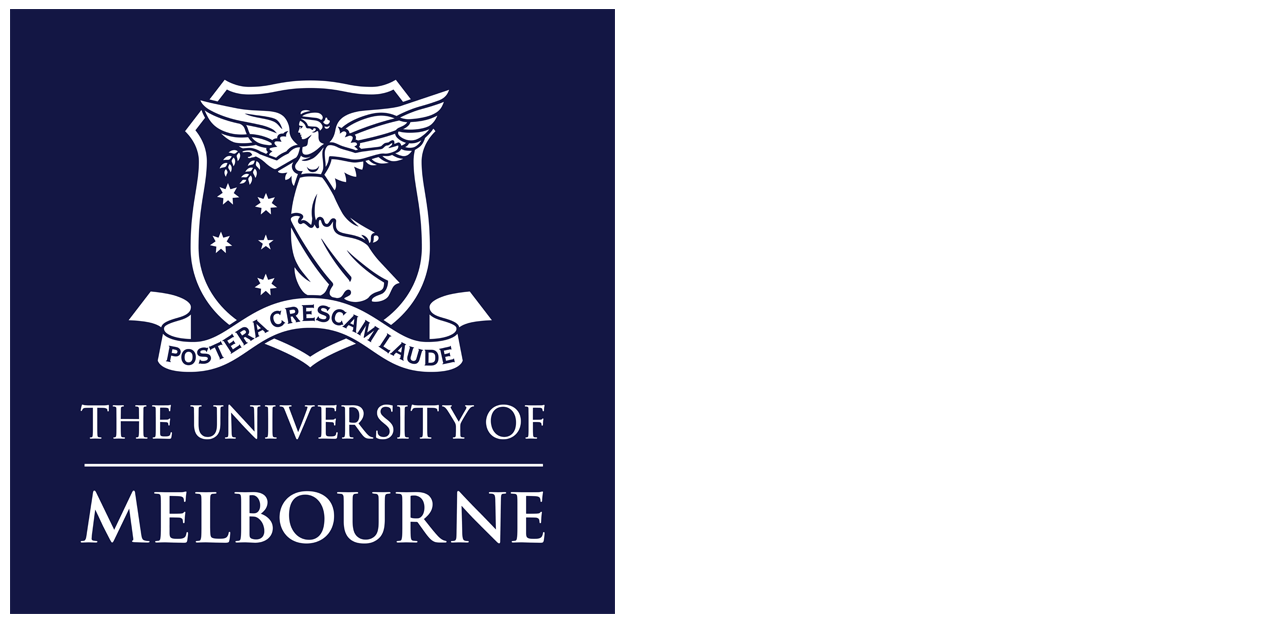

In his first 12 months as Executive Director of Melbourne Connect, Prof. Ed Hovy has seen the precinct open up to the world post-Covid and welcomed researchers, trade delegations and companies from across the globe to showcase the work being done by the amazing minds within the Melbourne Connect eco-system.
We sat down with Prof. Hovy to learn a little more about his incredible range of experience and what he sees for the future of the precinct.
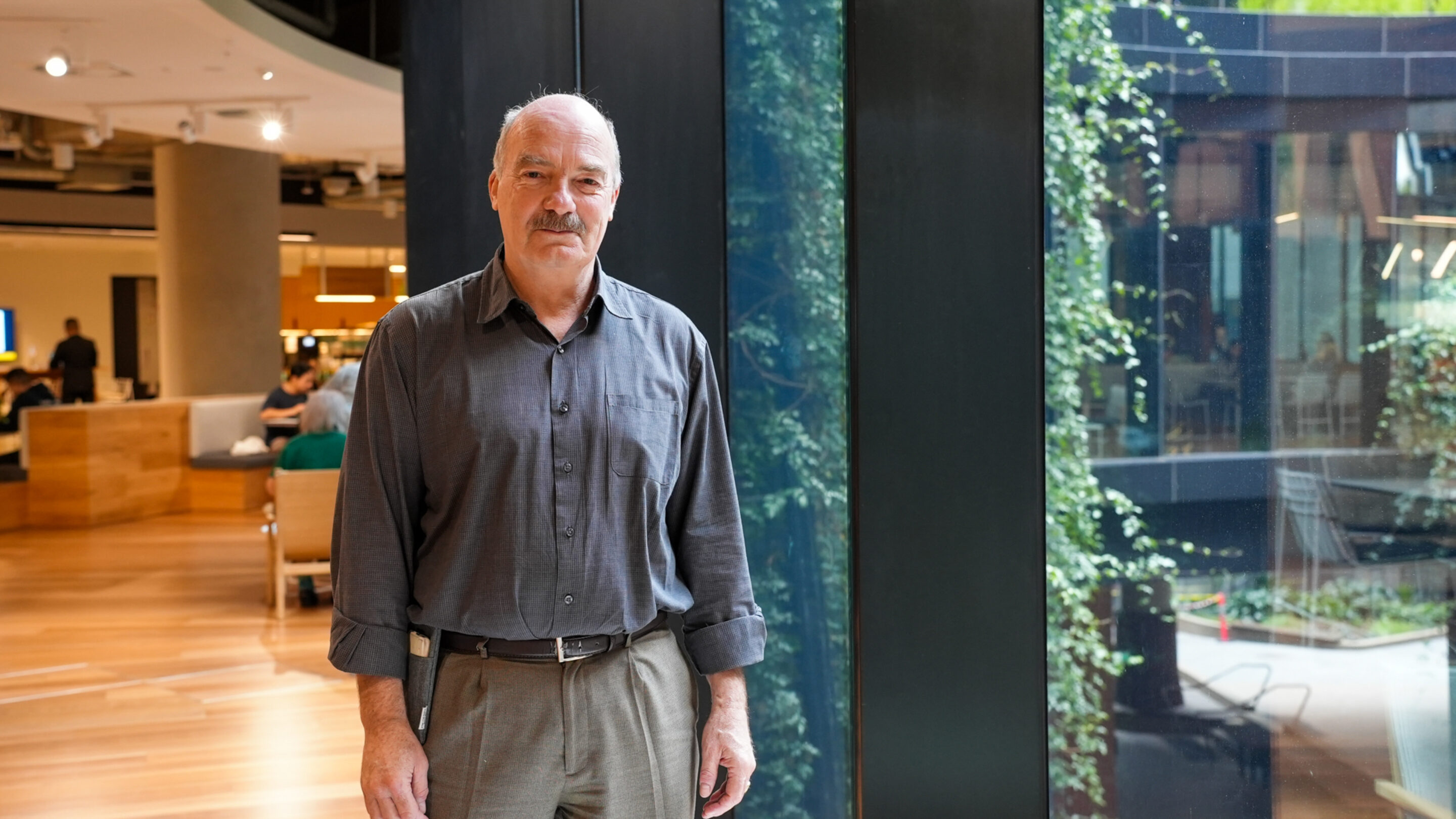
Good morning Ed, thanks for taking the time to speak with us today. Could you start by telling us about your role at Melbourne Connect.
My name is Eduard Hovy and I am the Executive Director of Melbourne Connect. Previously, I worked as a computer scientist in the United States, but I decided to embark on a new challenge and explore real-world applications of technology research. I have been increasingly working in this field, and I find it to be immensely rewarding.
You arrived at Melbourne Connect with a wealth of experience. Can you tell us a bit about your background?
I actually went down this career path due to a religious dilemma. Strangely enough, my parents and my grandfather all had completely different religious views. My father was agnostic and my mother and my grandfather had other religious beliefs. They used to engage in debates about God, leaving me pondering over the question – how can I truly comprehend God?
Eventually, after delving deep into mathematics and reading a lot of philosophy and psychology, I arrived at the realisation that if it’s possible to build an intelligent machine that seems to possess a soul, then we can somewhat create life and intelligence itself. On the other hand, if it turns out that such a thing is not possible, that knowledge would be equally valuable. That’s when I knew I wanted to work in Artificial Intelligence.
I went to Yale University to do a PhD in language processing, specialising in how computer programs can work with human language, how they can process translation, recognise speech, or summarise and answer questions.
Following that, I went to the University of Southern California (USC), Los Angeles where I worked in a research institute for about 20 years. This experience taught me that while my ideas may be intriguing and inspiring, bringing them to fruition requires substantial engineering effort. During my tenure, I designed and executed a range of projects in diverse domains, leveraging government funding to support these endeavours. After two decades at USC, I moved to Carnegie Mellon University (CMU) in Pittsburgh. CMU is one of the leading computer science universities worldwide. It has a robust Artificial Intelligence program and it was wonderful working alongside talented students and colleagues.
From there I spent two years at DARPA, the Defense Advanced Research Projects Agency in the United States. They fund university experts to tackle novel challenges at the forefront of technology and computer science, paving the way for a visionary future. In fact, they are masterminds behind groundbreaking innovations like the Internet, self-driving cars, GPS systems, and countless others that have transformed the way we live today.
After dedicating many years to research, I yearned to apply technology practically and facilitate its transition from research to reality. Melbourne Connect offered me the perfect opportunity to do so, and I'm excited to contribute t this mission.
What was it about Melbourne Connect that attracted you to move to Australia and to take this job?
I moved to Melbourne Connect for two main reasons. One is the job and the opportunity to collaborate with exceptional researchers from diverse fields, and the second is to work with enthusiastic companies keen on innovation.
There are not many places of this size and scope in the world, and the chance to lead the charge and help make research a reality is an exciting prospect. Interestingly, in recent years, Harvard developed their own innovation ecosystem and Toronto also created a precinct similar to Melbourne Connect. It's gratifying to be at the forefront of this dynamic movement and contribute to its realisation.
Why do you see a place such as Melbourne Connect as being so crucial to the University and to the research ecosystem?
Melbourne Connect is a trailblazer in a global trend that’s becoming more evident in research. As the world becomes increasingly technology-driven and as humanity realises that machines are here to help us, there is an increasing need to educate individuals in using these sophisticated machines and to place them strategically for the greater good of society.
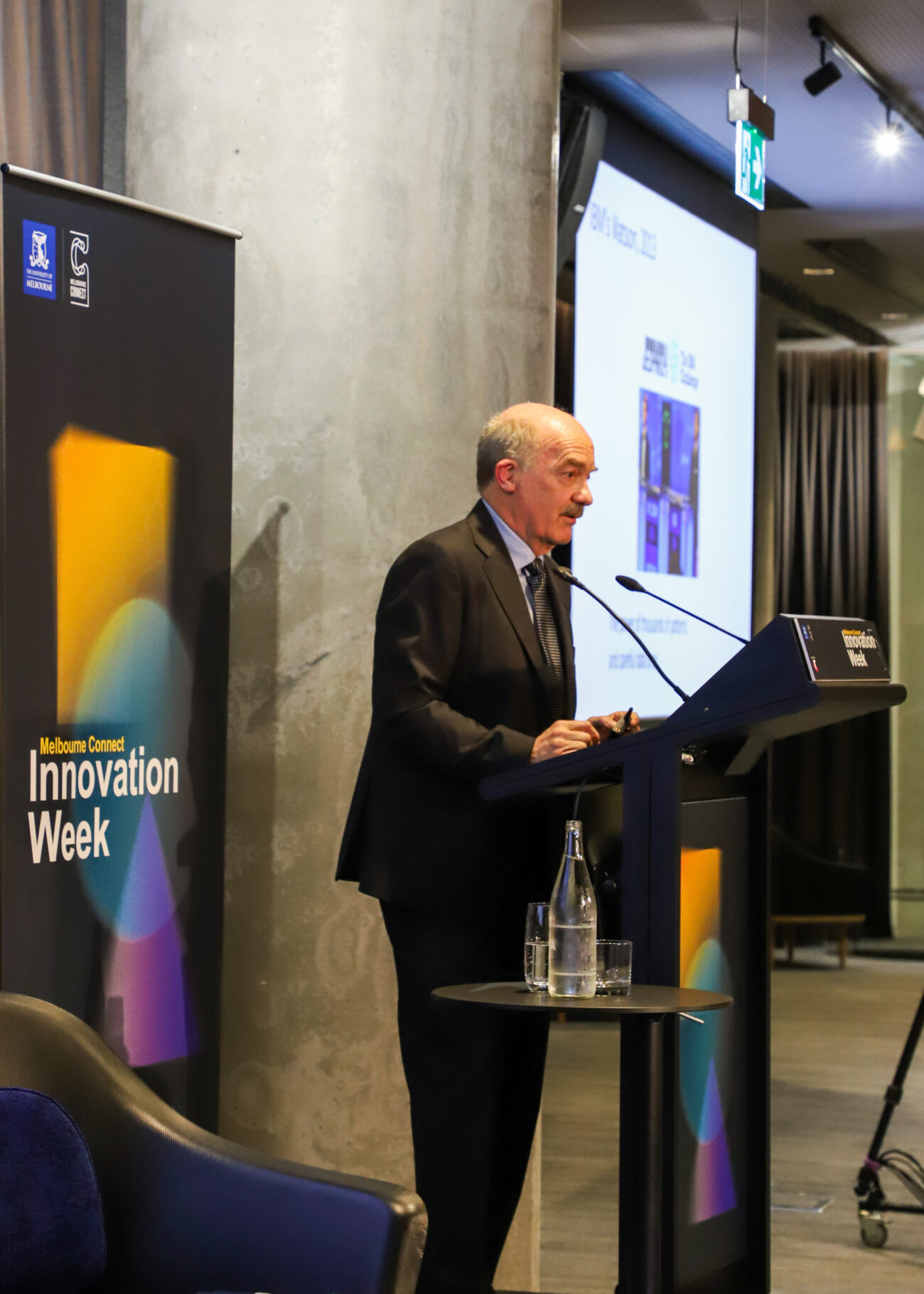
The walls between universities and society have been crumbling for over a century. The traditional notion of universities as self-contained entities and society as an independent entity is outdated. Today, we are seeing increasing links between universities and companies, including internships, company-funded scholarships, and faculty and industry exchanges. This trend is evolving and gaining momentum.
A place like Melbourne Connect, which has companies on campus on the same floor as the researchers, is the next logical next step in this evolution. I anticipate that we'll see more of these types of enterprises around the world. I think Melbourne Connect, is a harbinger of what's to come.
How do you think the research being undertaken here at Melbourne Connect stacks up when compared with other institutions globally?
The University of Melbourne is an institution that, in my opinion, produces exceptional research that is not fully recognised internationally. If you look at the international rankings of computer science and engineering at The University of Melbourne in comparison to the actual research being conducted here, there's a discrepancy in the results.
One possible reason for this discrepancy is that people in Australia tend to be less comfortable with self-promotion than people in other countries, such as the United States. Instead of making a big fuss about small accomplishments, Australians may not promote themselves enough for their larger achievements.
The University of Melbourne has a significant presence in A.I. research, with one of the largest groups in Australia, yet it's not easily discoverable through a simple Google search. How can we better showcase our strengths and capabilities and present a cohesive and accurate representation of who we are and what we can achieve? I believe people here could take a more energetic approach and showcase their achievements, instead of just keeping their heads down and going through the motions.
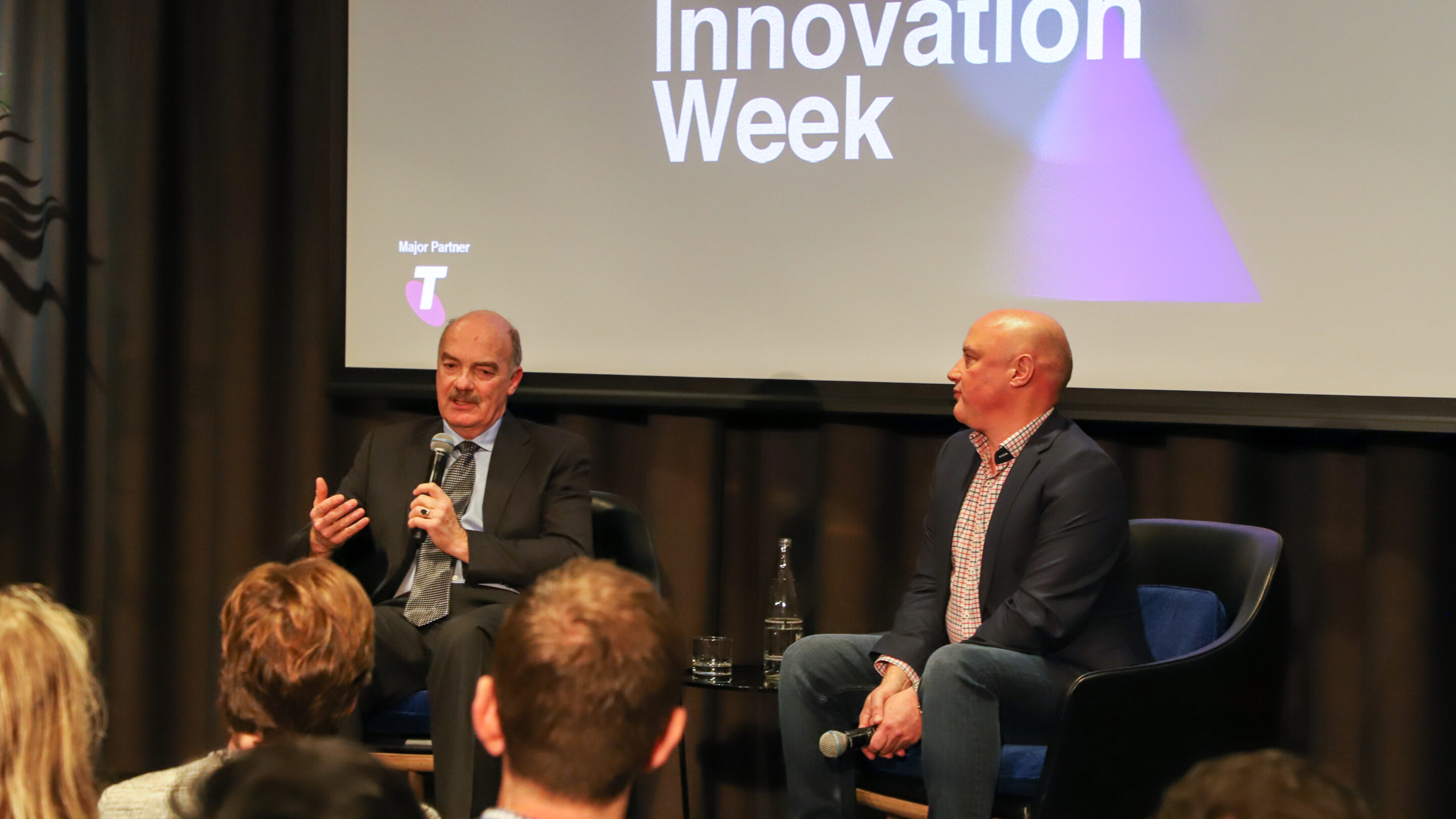
What is it about Melbourne Connect that appeals to the co-located partners that are here at the precinct?
Melbourne Connect is attractive to co-located partners for two reasons. The first reason is access to talented students. Australia has a talent shortage, and Melbourne Connect offers a unique advantage to co-located partners by providing opportunities for collaboration in innovation workshops, pitch events and student internships. This is a great benefit for local companies.
The second advantage is its proximity to the University research, stimulating discussions, and diverse community. There are lots of incidental interactions and meetings between researchers and industry collaborators. The Superfloor is a hub of activity, and you never know who or what you might encounter.
If you're a company seeking innovative partnerships, “you don’t know what you don't know” holds true. But if you are surrounded by a community of diverse events and people, the unexpected can happen.
What role do you see Melbourne Connect and other innovation hubs playing in the ecosystem of education innovation in the next ten years?
Melbourne Connect and its counterparts at Harvard and Toronto represent a glimpse into the future of universities. Historically, universities were small groups of people who acted as intermediaries between the monarchy, the church, and political powers.
As society’s collective understanding grew, so did the appreciation of intelligence, hard work, engineering, and art which flourished at universities. As a result, the boundary between universities and society has become more permeable.
Melbourne Connect represents the most advanced precinct of this evolution. By bringing companies directly into the University, they are able to translate new ideas into practice. Melbourne Connect is a natural progression in the dynamism of universities, and I predict that we will see more institutes like it emerge worldwide in countries that value knowledge and its practical applications.
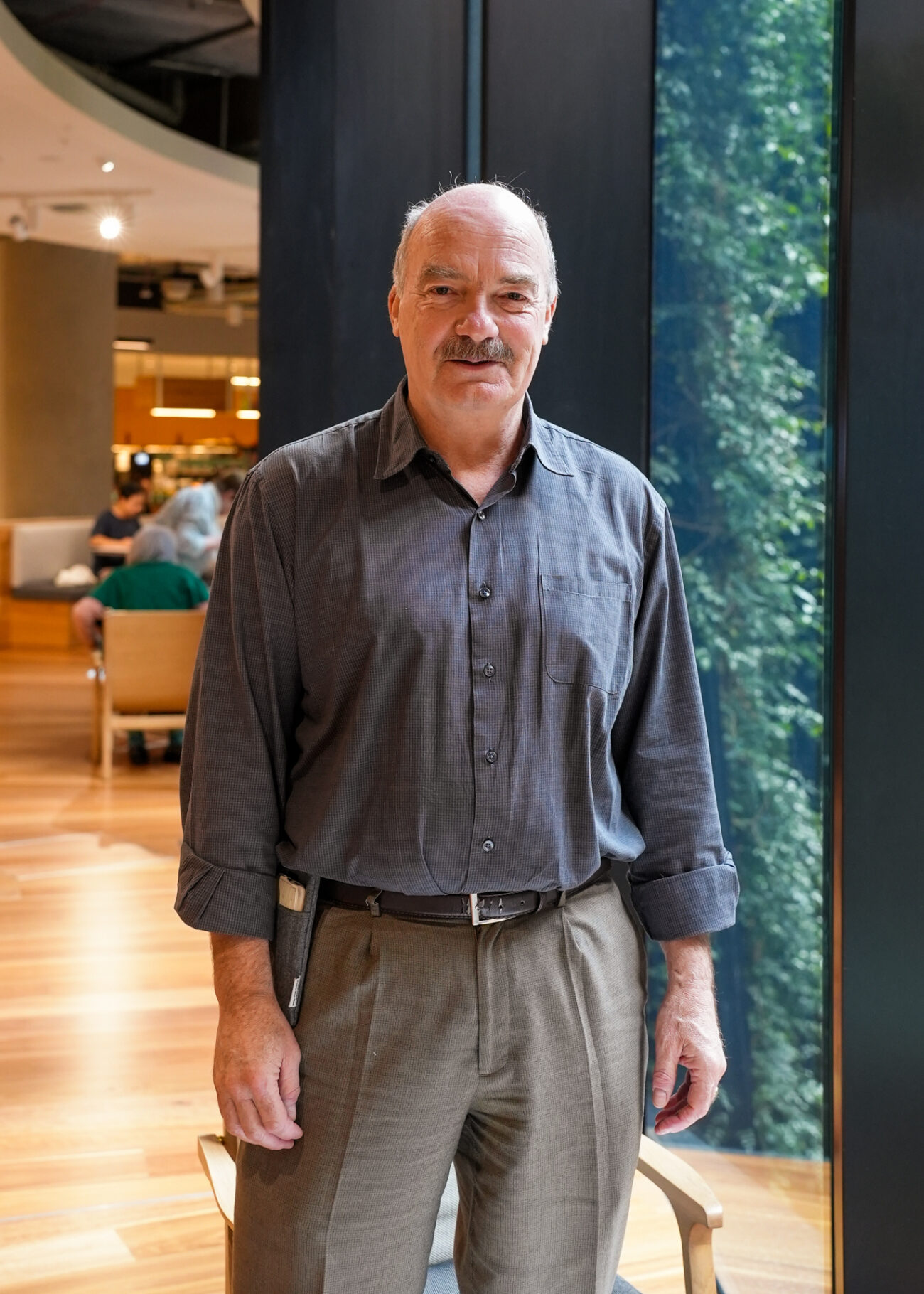
As Executive Director of Melbourne Connect, do you see a future in collaboration between international innovation precincts and what would that look like?
As Melbourne Connect and similar global institutions evolve, we will gain a better understanding of what practices are effective and which are not. There's no question that universities and enterprises like Melbourne Connect around the world will grow more closely connected.
During a recent trip to Japan, a delegation from our University emphasised that despite Australia’s small size in comparison to Japan, we offer unique advantages that Japan may not have. We highlighted our ability to take research from Japanese companies or universities and deploy them in an English-speaking society that is well organised and in the same time zone. This sets us apart from the fierce competition in the American market.
In the near future, we plan to invite directors from other institutions to spend time with us and gain insight into our processes, for us to learn from their successes and explore ways in which we can work together.
What's your favorite part about Melbourne Connect?
Having spent almost a year at Melbourne Connect, there are several aspects of the precinct that I really enjoy. I think my favorite experience is going to the mezzanine level, which we refer to as the Superfloor, and not knowing what or who I will encounter.
Sometimes, it’s a crowd of students with their research posters, while other times, it’s a friend who I catch up with over a cup of coffee. I’m also drawn to the unusual way the light plays through the windows, showcasing the architecture of the building. Good architecture can elevate your mood and it’s certainly true in this case.
The mezzanine floor is the focal point of Melbourne Connect, serving as a hub of activity and creativity that embodies the spirit of the precinct.
Thanks very much for your time, Ed. We look forward to bumping into you on the Superfloor again next time.